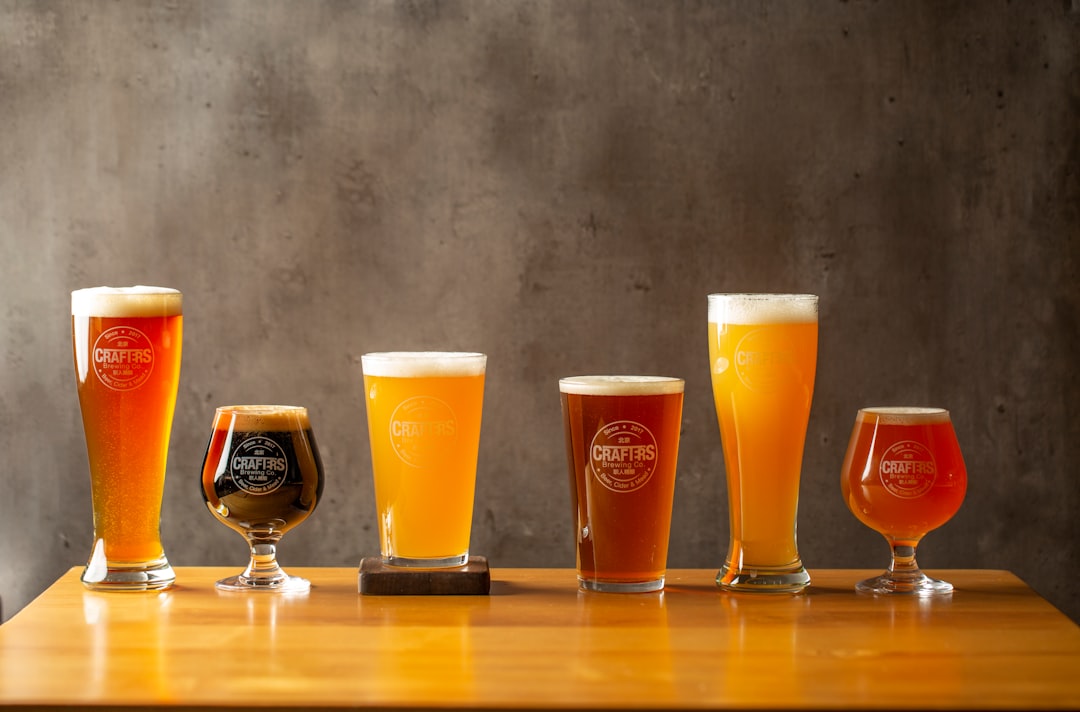What is it about?
The paper discusses the purpose and forms of cooperation in an innovation ecosystem using an analogy with natural ecosystems. It offers topics for further research on mutualism in the innovation ecosystem. The paper builds on previous scholarly studies focusing on innovation ecosystems and, for the first time, discusses the role of non-profit organizations in the innovation ecosystem.
Featured Image

Photo by Marvin Meyer on Unsplash
Why is it important?
Theoretical and empirical studies have not yet considered innovation ecosystems in the minimum-waste context to a sufficient extent. The paper builds on previous scholarly studies focusing on innovation ecosystems and, for the first time, discusses the role of NPOs in the innovation ecosystem. The CHC case study adds a suitable minimum-waste business model to the still very scarce literature on sustainable innovation ecosystems. The article discusses the purpose and forms of cooperation in an innovation ecosystem, identifies a complementarity of roles in the innovation cluster and describes the interrelationship between the cluster and the ecosystem. Discussion of the ecosystem leader in the cluster-based innovation ecosystem shows the differences between Czech, Polish and German life science ecosystems.
Perspectives
An exciting opportunity for research on innovation ecosystems is the ecological guilds taken from natural ecosystems and whose identification can help define the boundaries of innovation ecosystems. An opportunity for further research is the comparison of NPO-based and government-based clusters playing a central role in developing innovation ecosystems. Regarding the problematic generalisability of the case study to the entire agricultural production, a challenge is a search for minimum-waste business models in agriculture characterised by the biological nature of production.
Dr Jindřich Špička
University of Economics, Prague
Read the Original
This page is a summary of: Cooperation in a minimum-waste innovation ecosystem: a case study of the Czech Hemp Cluster, International Journal of Emerging Markets, January 2022, Emerald,
DOI: 10.1108/ijoem-08-2021-1189.
You can read the full text:
Contributors
The following have contributed to this page










